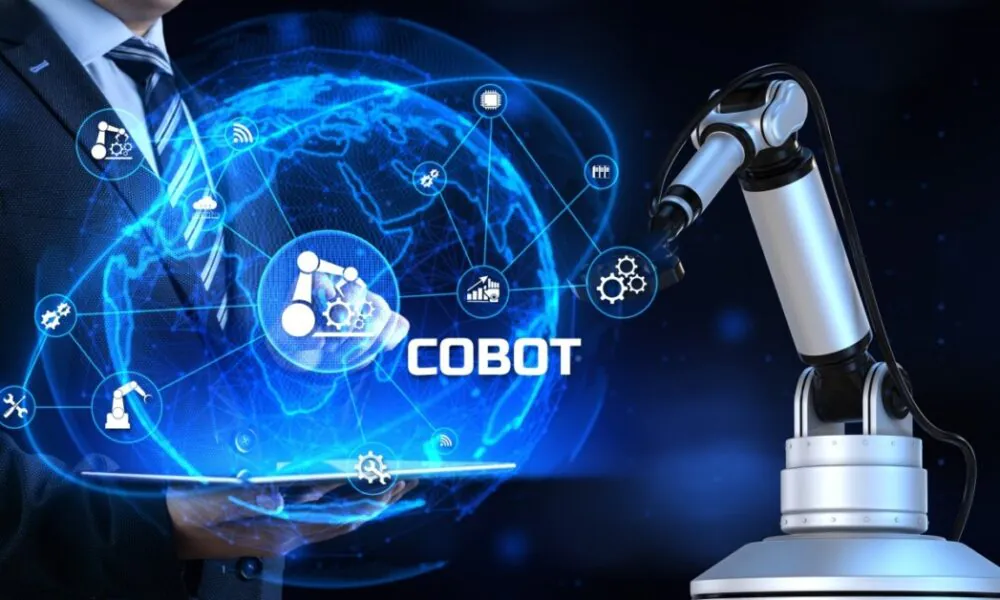Unite
1w
175

Image Credit: Unite
The Ultimate Guide to Collaborative Robots
- Collaborative robots or cobots are revolutionizing the workplace. They are designed to work alongside humans in shared collaborative workspaces and are responsible for foundational tasks. Cobots are valued at around USD 1.9 billion and are growing at a 35.2% CAGR.
- These robots differ from industrial robots in terms of their size and flexibility, safety features, affordability, and ease of programming. Many industries such as manufacturing, healthcare, agriculture, logistics, and warehousing are transforming through increased productivity due to the use of cobots.
- Cobots come with exceptional benefits, such as affordability, scalability and flexibility, improved worker satisfaction, and safety standards. They use force and torque sensors, advanced proximity sensors, and emergency stop features to ensure security.
- However, programming and integration, limited strength and speed, task complexities, and the cost barrier are some of the key challenges of adopting cobots.
- With the help of enhanced AI integration, increased use in SMEs, remote monitoring and control, and human-robot collaboration advancements, the future of cobots is promising. As AI and machine learning technologies advance, cobots will become smarter and more autonomous, making workplaces more efficient and safer.
Read Full Article
10 Likes
For uninterrupted reading, download the app